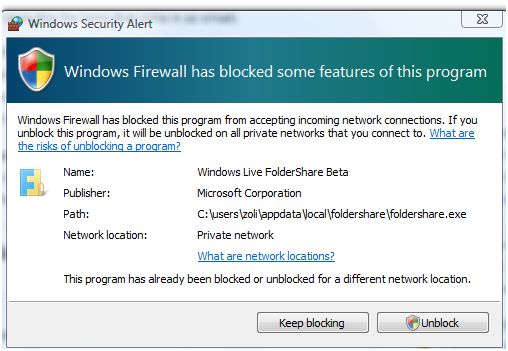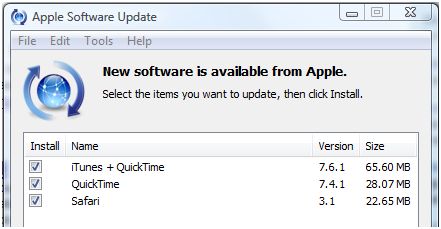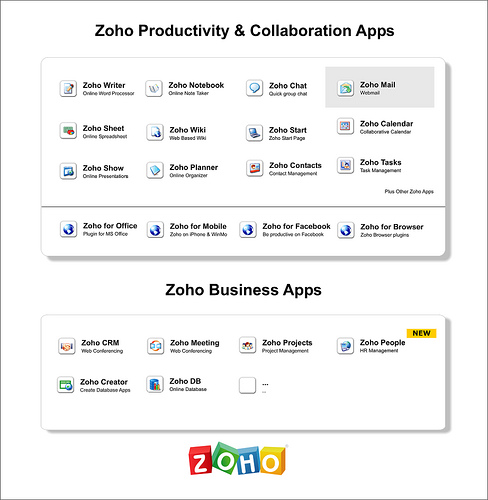 I wanted to get organized about my ever-growing inbox, so I thought I’d give GTDInbox a try, especially after reading the positive reviews on both WebWorkerDaily and ReadWriteWeb.
I wanted to get organized about my ever-growing inbox, so I thought I’d give GTDInbox a try, especially after reading the positive reviews on both WebWorkerDaily and ReadWriteWeb.
My experiment has lasted a grand total of two days. Firefox freezes every hour or so, I just can’t stand it anymore.
Of course it doesn’t necessarily prove GTDInbox is the offending party; for all I know it could be any other Firefox extension that was a sleeper until now, yet in combination with all the others it now misbehaves. But it’s beyond the point: I am a user, not a tester, so I took the easy path out of this nightmare: remove the most recent addition, and the freezes will stop.
I still like the concept, so will look at GTDInbox a few releases later.



 ) and explain what I see from that angle.
) and explain what I see from that angle.
 Zoho, best known for their Web-based Productivity (Office+) Suite today released
Zoho, best known for their Web-based Productivity (Office+) Suite today released 


 Thingamy could possibly be a handy tool for consultants, system integrator firms – but they all have their own army of programmers, toolsets..etc, which makes it an awfully hard sell, IMHO.
Thingamy could possibly be a handy tool for consultants, system integrator firms – but they all have their own army of programmers, toolsets..etc, which makes it an awfully hard sell, IMHO.

 ) is view only – if you recall, it did not take long for Zoho to add
) is view only – if you recall, it did not take long for Zoho to add 
Recent Comments